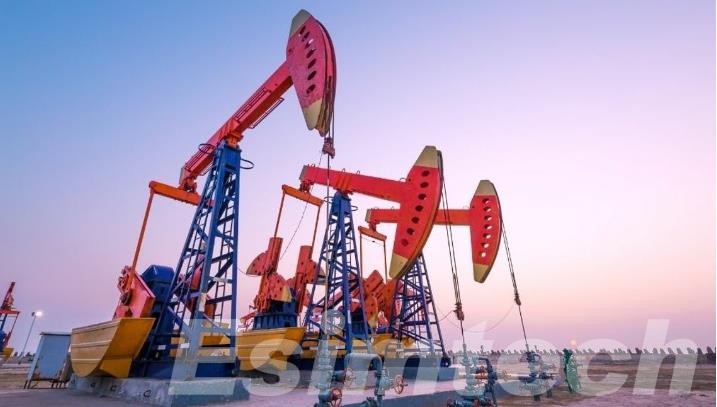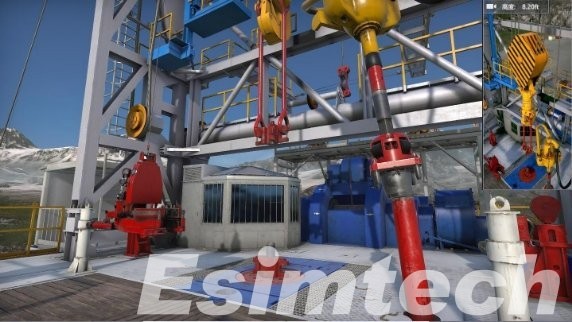
Oil well drilling is a complex and systematic engineering process that requires the integration of multiple disciplines, tools, materials, and equipment. It involves continuous, closely connected operations and a variety of technical procedures. To fully understand oil drilling, it's essential to break down and examine each step of the drilling workflow. Typically, the main phases of drilling an oil or gas well include pre-drilling operations, drilling, coring, cementing, and well completion.
1. Pre-Drilling Operations
Pre-drilling operations lay the groundwork for the entire project. They include tasks such as site surveying, road and well site construction, relocation logistics, and establishing reliable power and water supply systems. One of the most crucial aspects is rig mobilization, installation, and commissioning. Ensuring that all pre-drilling work is completed and inspected is vital before initiating the drilling process.
2. Drilling Operations
Once pre-drilling tasks are approved, the actual drilling begins. The first phase is the initial spud-in (or first spudding), which refers to the moment the first drill bit begins penetrating the earth. Depending on well depth and formation complexity, this is followed by second, third, or even more spud-ins. Drilling includes a wide range of activities: rotary drilling, directional control, real-time measurement while drilling (MWD), mud system management, core sampling, formation testing, logging, dealing with drilling challenges and accidents, and maintaining well control safety.
Throughout drilling, it's critical to maintain consistent pressure on the drill bit as the borehole deepens—a process known as drill string running. Each phase of drilling must pass inspections before proceeding to the next, ensuring safety and operational integrity.

3. Coring Operations
Coring is a specialized procedure where cylindrical rock samples (cores) are extracted using a coring bit and retrieval tools. This phase includes core setting, cutting, retrieval, disassembly of core barrels, and analysis. These samples are crucial for understanding subsurface geology—such as lithology, porosity, permeability, and hydrocarbon saturation—providing vital data for reservoir evaluation.
4. Cementing
After completing each drilling interval, cementing operations are conducted to stabilize the well. This involves placing a casing pipe in the borehole and injecting cement slurry into the annular space between the casing and the borehole wall. Cementing reinforces the well structure and isolates different formation layers to prevent fluid migration. The key steps include:
- Running casing (choosing correct size, grade, and depth)
- Pumping cement slurry to bond casing and wellbore
- Conducting casing pressure tests to verify cement integrity
Only after confirming cement quality can the next phase of drilling or well completion begin.
5. Well Completion
Well completion is the final step in drilling, designed to prepare the well for production. This phase includes drilling into the reservoir zone, selecting a completion method, additional cementing if needed, and installing bottomhole and wellhead equipment. Completion methods vary depending on reservoir characteristics and include:
- Open hole completion
- Perforated casing completion
- Screen and gravel pack completion
- Slotted liner completion
- Expandable liner or liner hanger systems
Each completion method offers specific advantages in managing sand control, reservoir connectivity, and long-term production sustainability.
Integrating Oil Rig Construction and Oil Rig Design
Effective drilling operations rely heavily on the quality of oil rig construction and design. A well-structured rig enhances safety, efficiency, and adaptability to different geological conditions. If you're looking to learn more about these foundational aspects, check out our detailed guide on oil rig construction and design.
Drilling an oil or gas well involves numerous intricate steps and precise coordination among multidisciplinary teams. From careful site preparation to the final stages of well completion, each operation plays a vital role in ensuring the productivity and safety of the well. Understanding these processes is crucial for engineers, operators, and anyone involved in the energy sector.